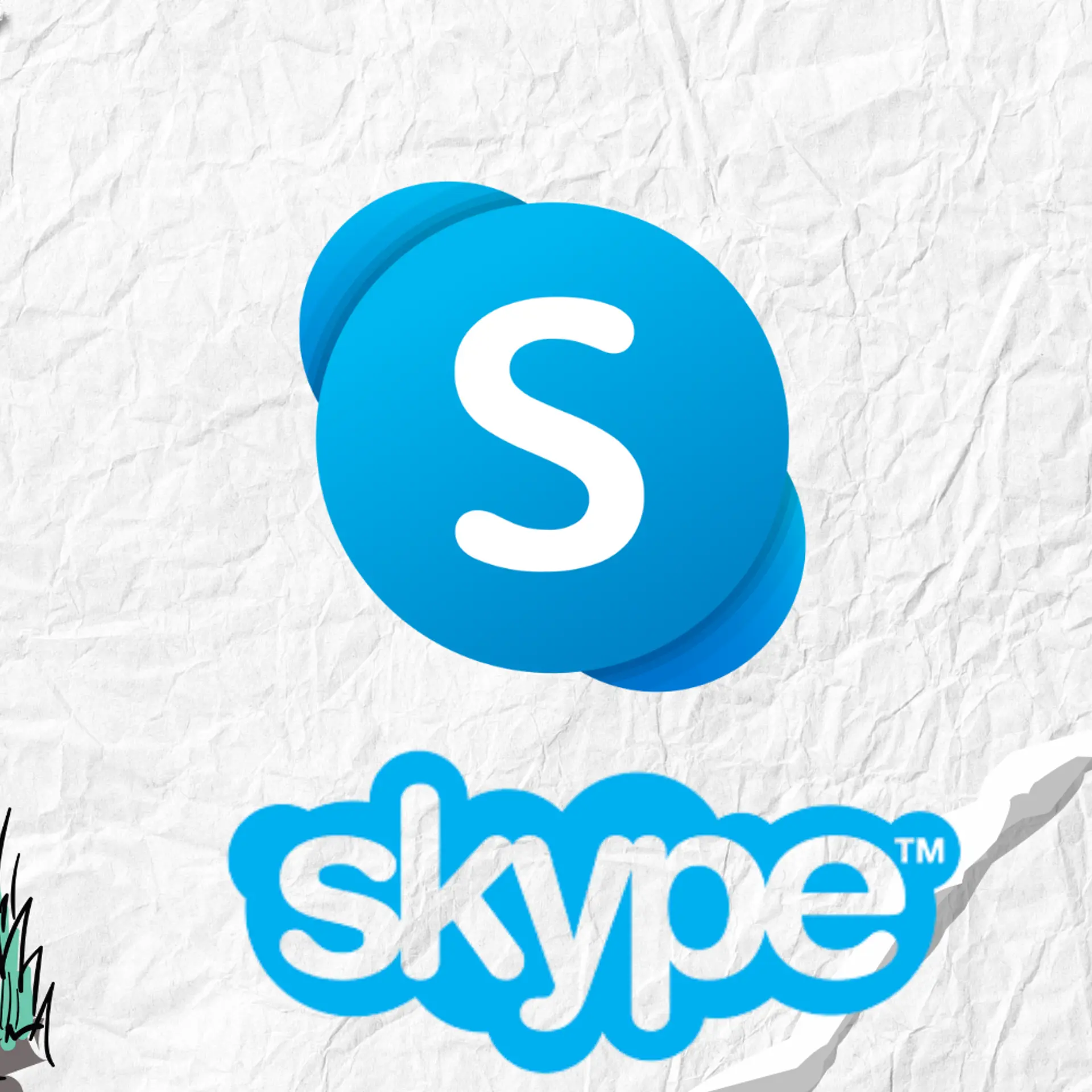Near Field Communication (NFC) - The Next Big Thing In Mobile Technology
Near Field Communication (NFC) is a contactless technology that allows devices to communicate among themselves by a simple tap or touch. With an NFC enabled mobile you can tap your way into accessing information about a product, paying for those movie tickets or unlocking the door to your car.
Recently, Coca Cola embedded NFC tags in advertising posters for their Fanta line of drinks in the streets of Singapore wherein users could simply tap a poster to see a video advertisement of the Coca Cola product on their mobile phone. In San Francisco, you can pay for your parking ticket on the street by simply tapping your phone onto the parking machine. And in London, your local café uses NFC to take you to their Facebook page via your mobile phone. The technology is easy-to-use and highly intuitive for the less nerdy and that shall make it one of the prominent technologies in the near future. Our friends over at BMW have developed a multifunctional car key that uses NFC to transmit data such how much fuel is in your car, and to even provide access to your hotel room when you´re travelling.

So if NFC is so great from a user perspective why is it not being used everywhere and anywhere? The way we look at it, NFC will eventually become part of our daily lives and become available across various platforms. It´s just a matter of time that the market has enough handsets that support NFC. In India, there are a few NFC enabled handsets. Nokia sells a couple of handsets – Nokia 700 and 701 and Blackberry has the Bold 9900. Both these manufacturers are expected to release many more models that support this technology. Internationally, the Android platform too is seeing a great uptake of NFC with the Samsung Nexus S and the new Nexus Prime being the leading NFC handsets in the US and Europe. For those iPhone users, Apple does not have any NFC enabled phones at the moment but have in the past few years filed tons of patents on the technology. We can definitely expect Apple to come out with great products featuring NFC.
To give you an idea of the numbers behind NFC analysts predict that by 2013, 1 in every 5 mobile handsets worldwide will use NFC and by 2014, mobile transactions using NFC are expected to reach $50 billion. But with the stakes running so high, who are the big guns behind NFC?
Let´s take the lucrative mobile payments industry as a proxy to understand this better. Google has recently released its NFC mobile wallet called Google Wallet across stores in the US. The big mobile operators Verizon, AT&T and T-Mobile have jointly launched Isis to create their own payment wallet. And players like Visa and American Express too are not far behind and are currently working on their own individual solutions. Looks like the consumer will have tons of choice as the companies backing NFC are tons.
But as in all things in life, there is a dark side to all good. Mobile payments with NFC have been undergoing a few wars of its own. Lately, Verizon decided to sell the new Samsung Nexus Prime but blocked the NFC Google Wallet application on it. Why did they do this? Well because our friends at Google/Samsung decided to embed the secure element within the phone itself and blocked access to it. Thereby, not allowing any other third party to gain access to the secure element in the Samsung phone. (The secure element is that part of the phone that allows for transactions such as payments etc. to safely and securely take place). So until these wars are resolved NFC might face some short-term hurdles but it won´t be because of its lack of user appeal or technical limitations.






